9 Unusual Practices of the British Monarchy
Vicious board games, planning for death, and ritually capturing swans: the strange habits of the royal family.
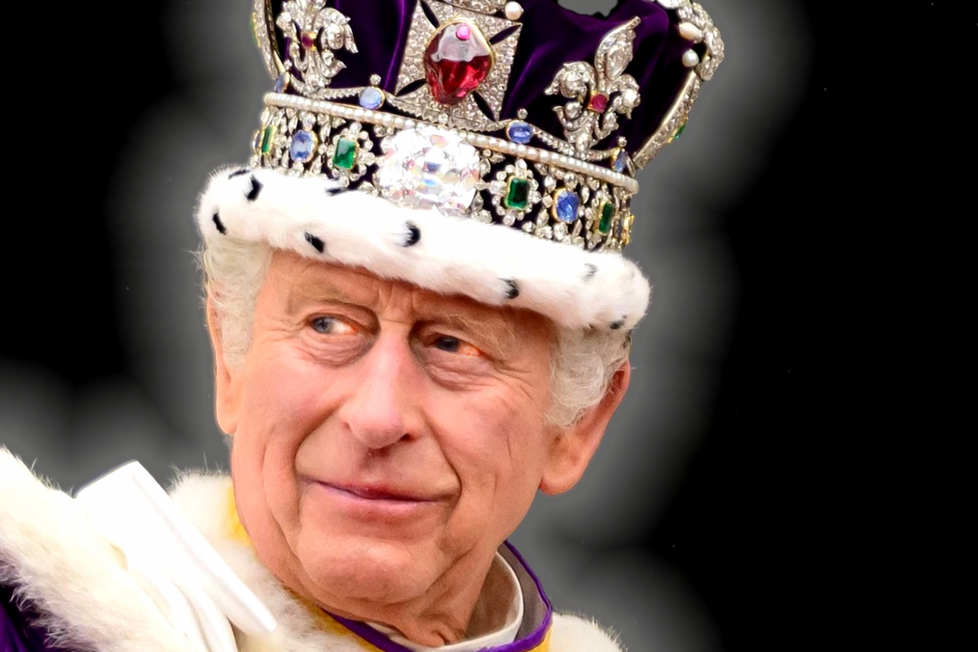
Vicious board games, planning for death, and ritually capturing swans: the strange habits of the royal family.

Table of Contents
ToggleThe British royal family is as popular as they have ever been, but they are a family steeped in a long and traditional history that has left them practicing what many of us would deem to be bizarre acts.
From King Charles III building a town as his own personal plaything to packing black outfits just in case someone they know might die, the royal family is constantly living according to rules the rest of us simply can’t understand. Below are just a few of these practices.
They could choose to marry into whichever religion they chose, just as long as it wasn’t Catholic, according to the Act of Settlement, which was passed in 1701. For over 300 years, no monarch was able to marry into the Catholic faith.
Thankfully, this law was abolished with the passing of the Crown Act 2013, which also made efforts to increase equality in the royal family, giving female members of the royal family greater rights.
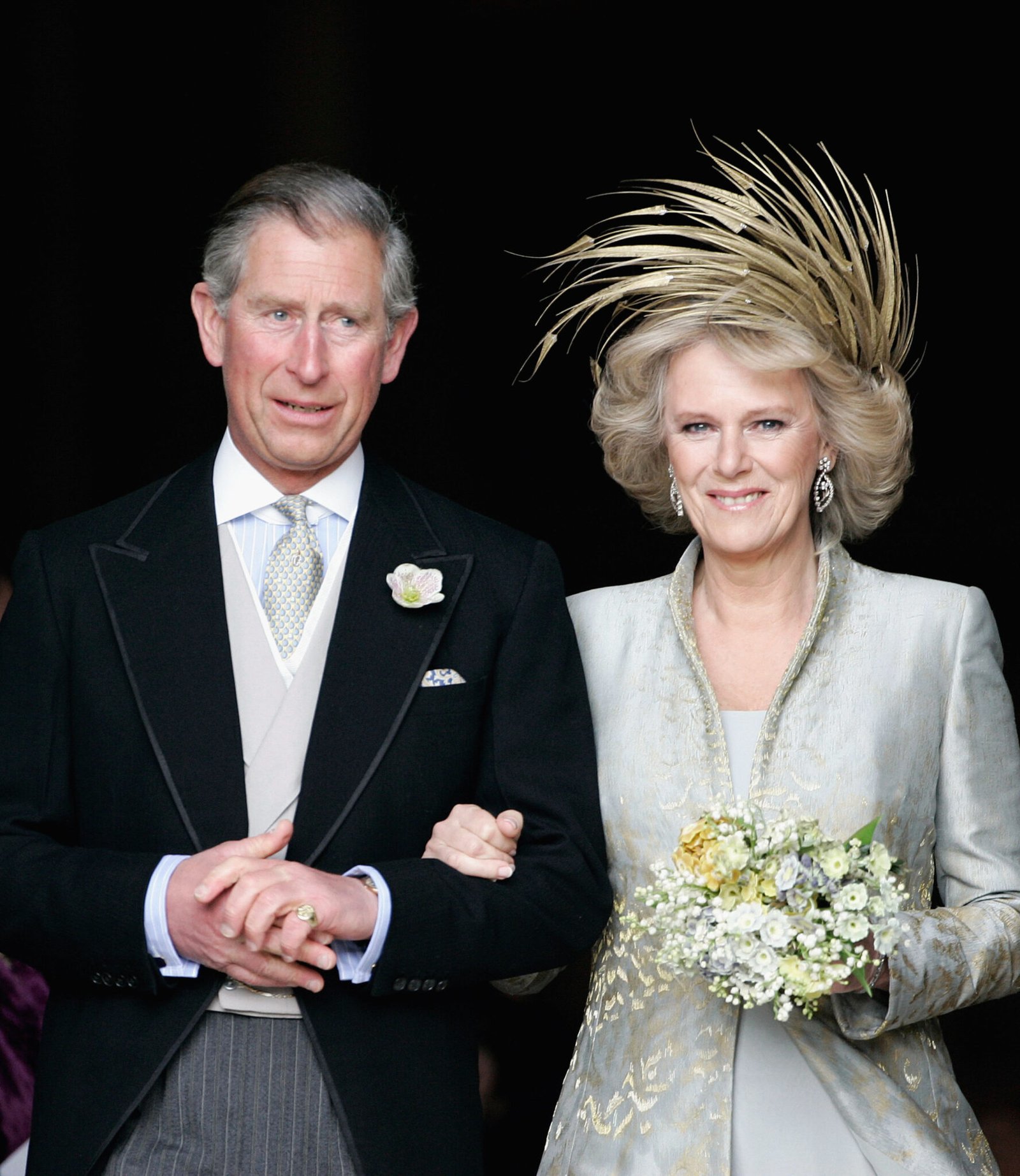
When given the ubiquitous board game as a gift in Leeds in 2008, Prince Andrew, the Duke of York, said: “We’re not allowed to play Monopoly at home. It gets too vicious.” Cue plenty of laughter and a quick escape.
While it’s possible Prince Andrew was joking, what if the royal family was truly so vicious that the game had to be permanently banned? And what sort of viciousness did they get up to?
An avid acquirer of Launer handbags, Queen Elizabeth II liked to use them to make sure her staff would know when to step in and rescue her from some boring diplomat or other.
According to Hugo Vickers, a royal historian, the Queen used to swap her handbag to the other hand when conversing with people so that staff would know that she wanted to move on. They would then swiftly step in and usher the person along, pretending to want to introduce them to someone else.
If she left the bag on a table during an event, this meant that she was ready to leave in the next five minutes, and no one wanted to be the one who got the dreaded handbag-on-the-floor moment; this was a clear sign that the Queen was done and wanted out immediately.
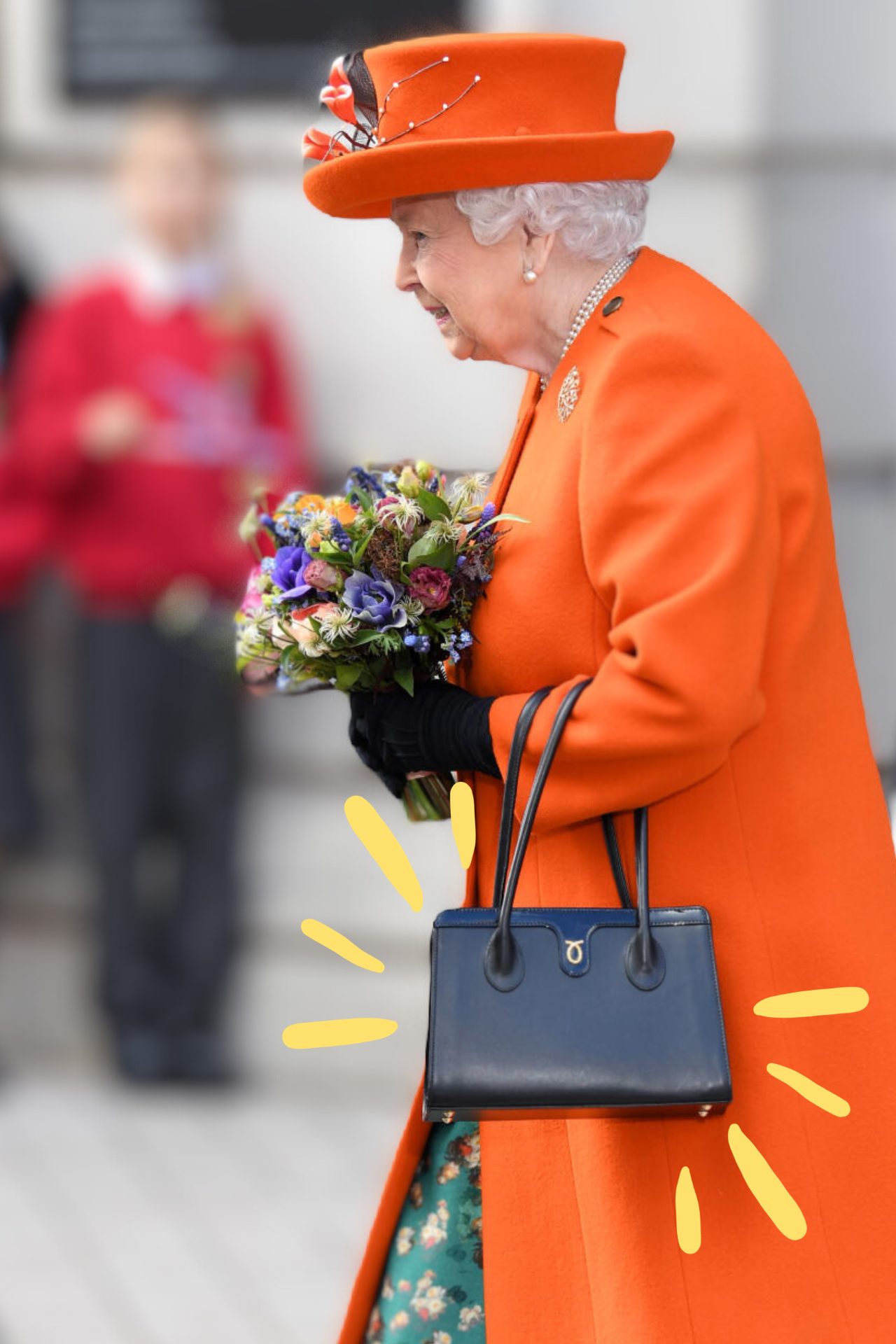
While it may seem like overkill, the royal family travels prepared, even for unexpected bereavements. Should they be in another country and someone from their family passes away, having the black outfit packed means they can be dressed appropriately with no inconvenience caused to them or others.
It may seem a little morbid for us commoners, preparing for an unexpected death with such meticulous planning, but this rule was implemented by Queen Elizabeth II herself, who was in Kenya with Prince Philip when she received news that King George VI, her father, had died, making her queen.
With no appropriate outfit to hand and knowing she would be facing a flock of journalists outfitted with cameras as soon as she landed in England, she had to wait on the plane while an aide rushed out and retrieved an outfit for her before hurriedly changing in the cabin.
As a result, she resolved never to be caught in that position again and implemented the rule for everyone else too.
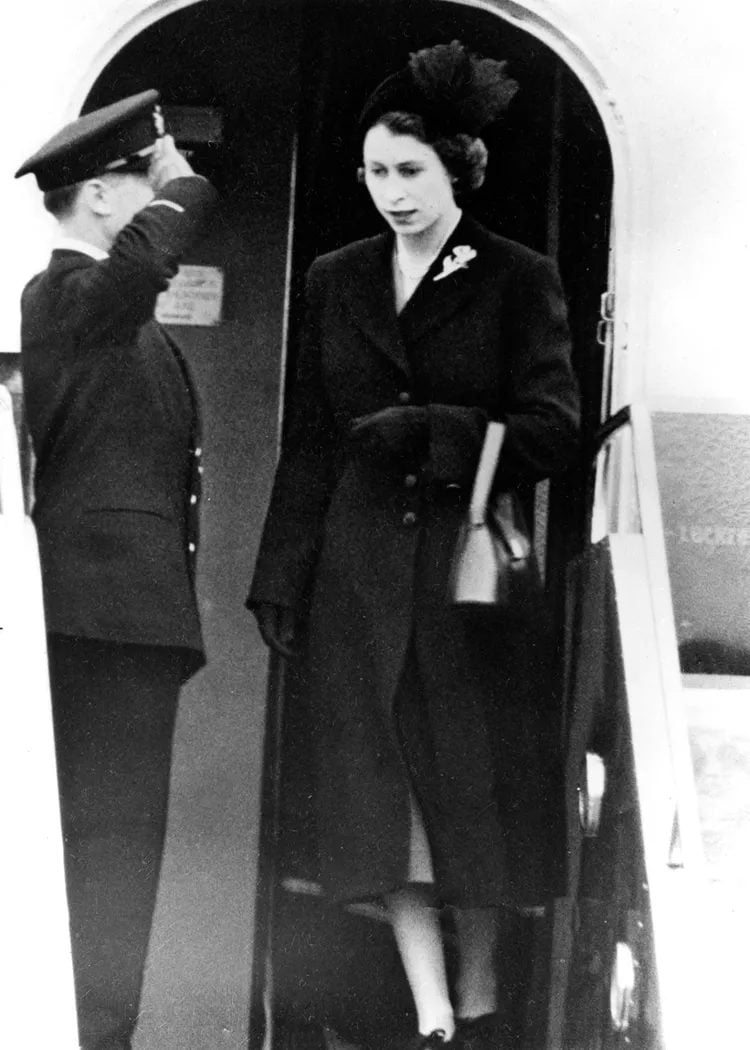
King Charles III, as the reigning monarch, can sit in the House of Lords and send a representative to fetch the Members of Parliament, but he himself cannot enter due to a convention called “Lords Spiritual and Temporal”. At the opening of Parliament, then, he is required to send a representative on his behalf.
This representative, the Lady or Gentleman Usher of the Black Rod, will likewise have the doors of the Commons slammed shut in their face as they approach. They will then have to knock three times with their ceremonial black rod before they are permitted to enter.
Once inside, they will summon the MPs to witness the King’s speech, with the MPs talking loudly, and perhaps rudely, among themselves.
This whole rigmarole dates back to 1641 when Sir Henry Maxwell entered the Commons to deliver a message. Entering without invitation nor his black rod, Maxwell irritated the Members of the House of Commons to such an extent that this ceremony was born as a result.
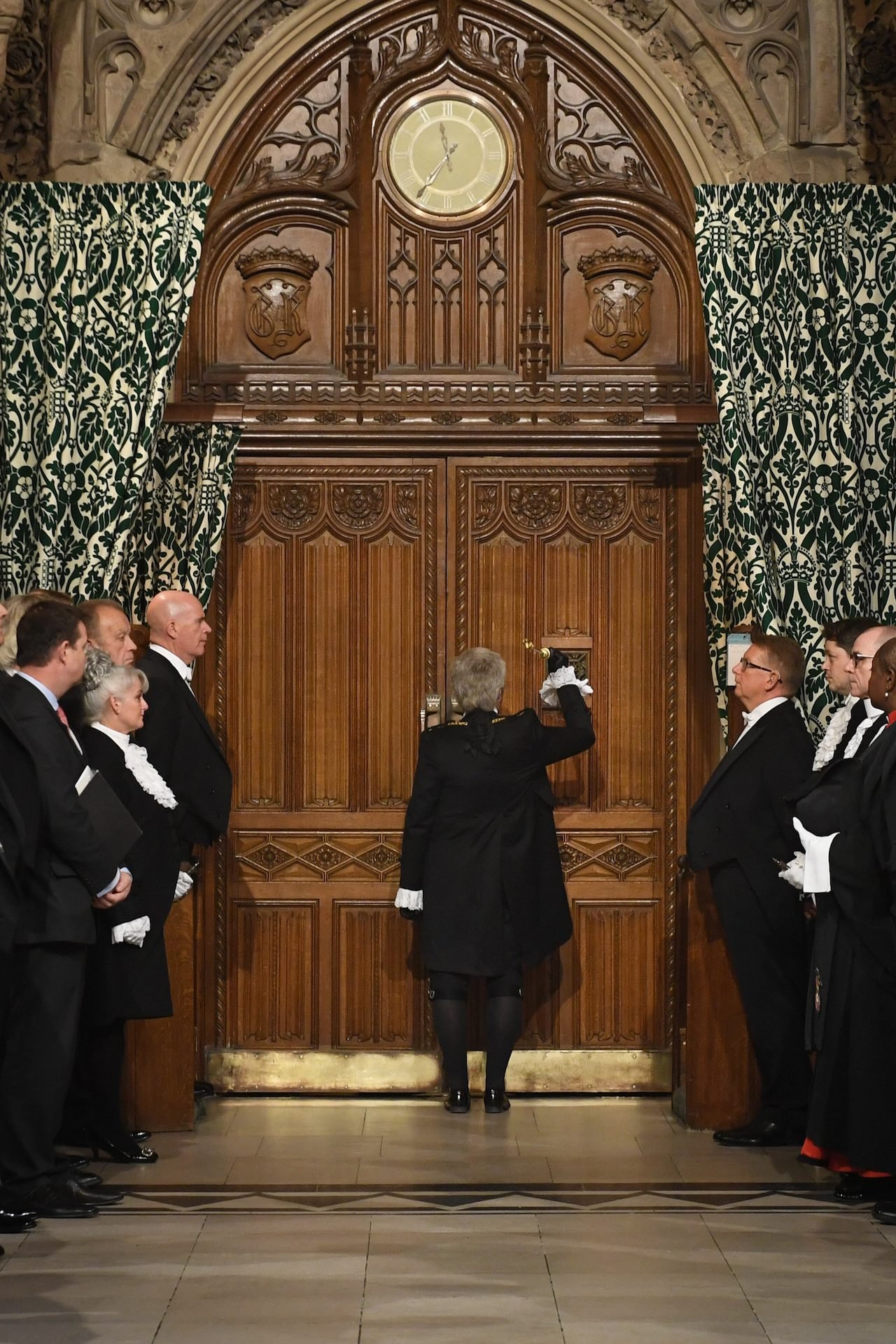
Ever wondered why neither Kate nor Meghan sported a tiara before their wedding days? Well, the reason is that they were neither married nor a princess by birth. In their wedding photographs, they are shown to be wearing tiaras as they arrive at the wedding, as this is permitted, but doing so before their wedding days was not.
Nevertheless, other royals who are not yet married are allowed to wear tiaras because they were born a princess.
In a further bizarre twist, it is not acceptable to wear a tiara before 6pm unless explicitly for a wedding.
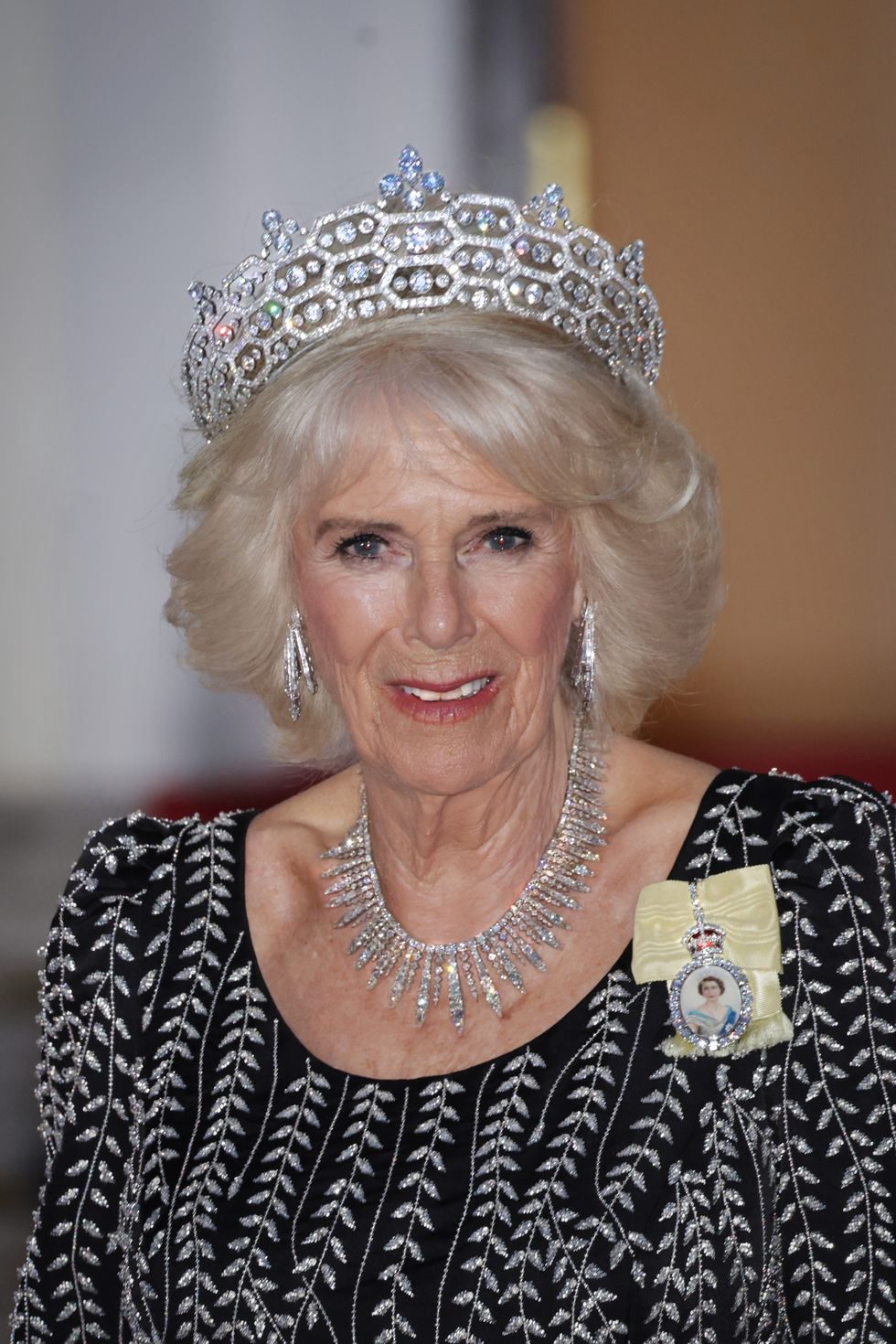
Less horrific than it sounds, the monarch technically owns all the unmarked mute swans in open water in the UK. While this does not translate to any genuine ownership, there is an annual ceremony where the representatives of the monarch count the swans in the River Thames area and its tributaries for the purpose of a census.
As a part of this census, the swans are counted, weighed, assessed for injury, and then ringed if they belong to one of the two livery companies permitted to own swans. If they are the monarch’s, they are released unmarked.
This process dates back to the 12th Century and can be called either ‘Swan Upping’ or ‘Swan Marking’. While the swans have been used for food over the centuries, these days the census is used mostly for the sake of conservation and protection. According to some, without this annual event, the swans would slowly die out.
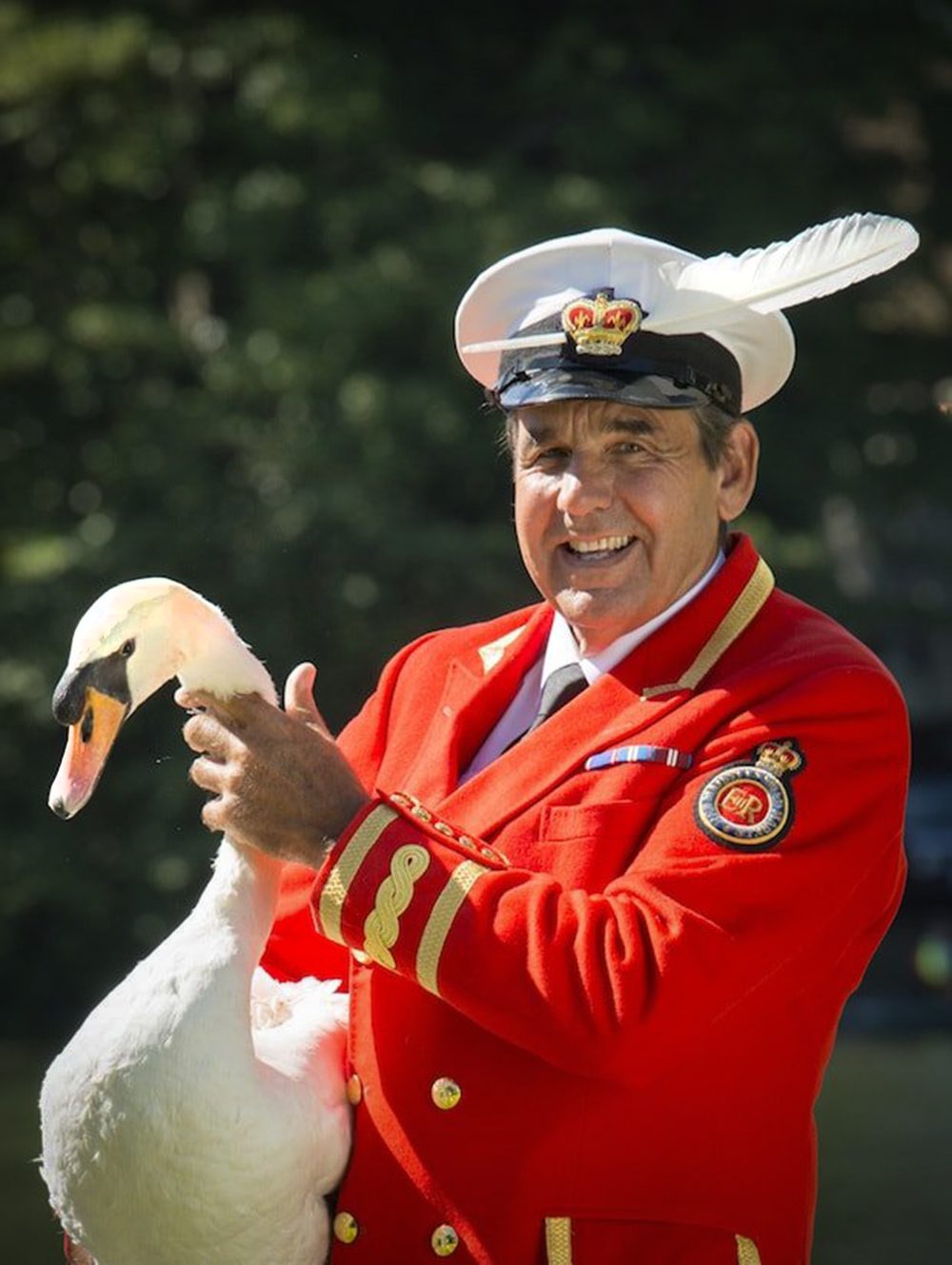
While this seems incredibly rude, there is a simple reality that the royals have to deal with that defines this rule: as the most famous family in the world, giving out autographs could leave them open to signature forgeries or, worse still, identity theft.
Although Queen Elizabeth II initially banned both autographs and selfies, some of the royals ignored the rule about selfies, with some of them seen taking them with members of the public. However, the rule about autographs has never been broken.
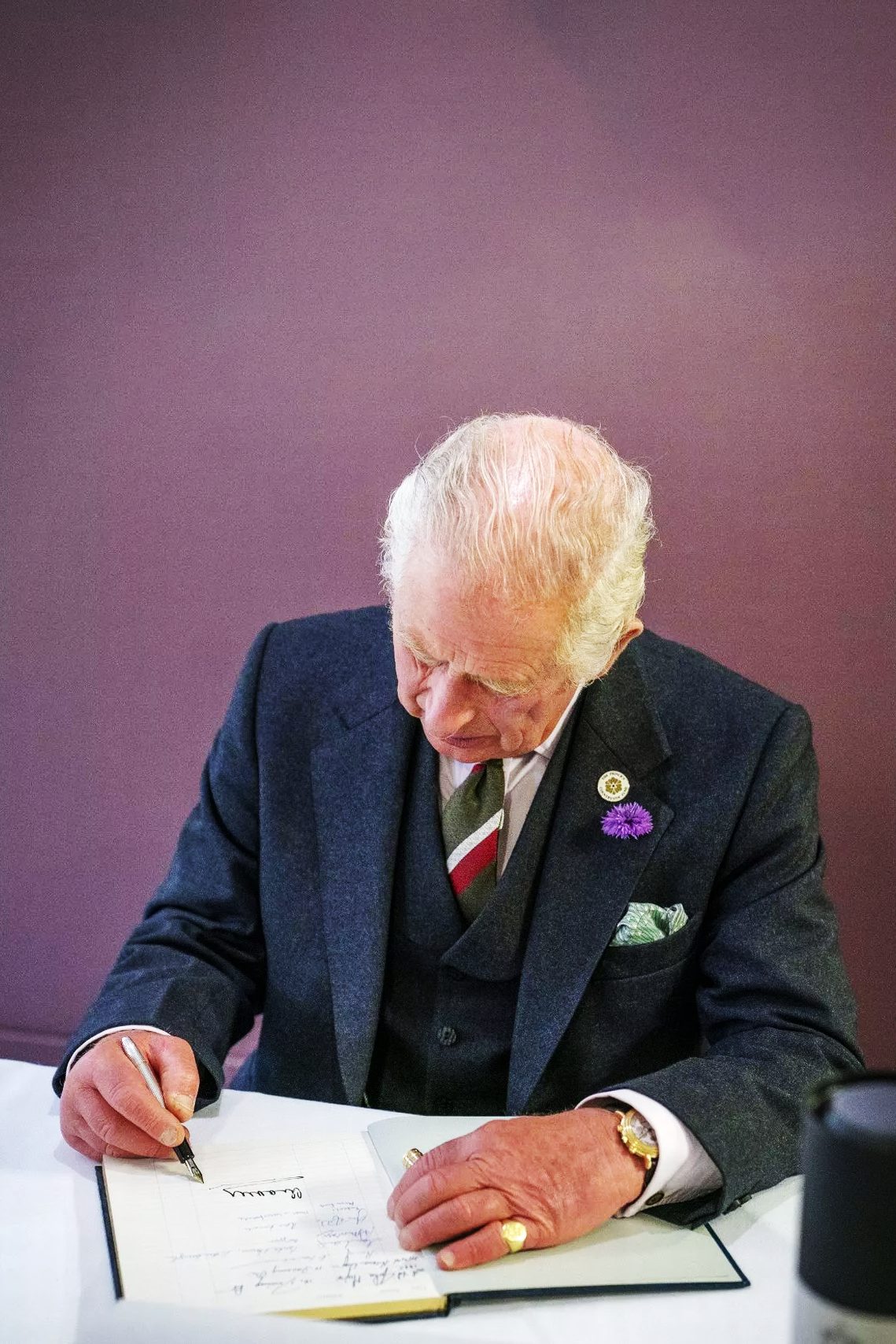
An exercise in vanity? Surprisingly not.
Technically an experimental urban extension to the county town of Dorchester, Dorset, this little community is designed to be sustainable and carbon neutral, with a focus on people, not cars.
As an avid architecture and urban design enthusiast, Charles, then the Prince of Wales, was writing a book about his ideas when the land became a preferred location for development in 1987. Instead of assigning it to others, he took the project on himself and hired Léon Krier, an award-winning architect, to design it.
It is still not complete to this day, with final construction expected to be completed in 2025. Thus far, some love it and some hate it, but none can question Charles’ motives for taking it on himself.

The Windsors are an old family obliged to live by the laws of the past while adapting to their strange new present. Some of these traditions arose out of necessity, such as Elizabeth II’s crisis aboard her plane from Kenya, while others are centuries old and beyond the realm of our understanding, such as not being able to wear a tiara before 6pm.
Charles’ town development was born out of passion and birthright – no other amateur architect could gain the rights to develop a town extension – while the law denying the right for the royals to marry a Catholic was born out of centuries of enmity between Anglican Britain and the Catholic church.
They may be full of bizarre and unusual idiosyncrasies, but if there’s one thing we can agree on, it’s that they are never dull.
